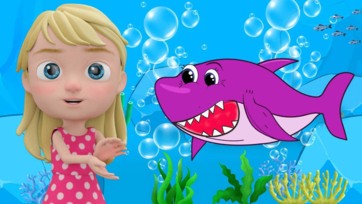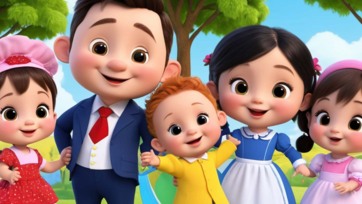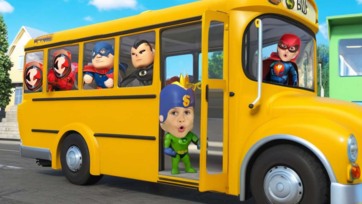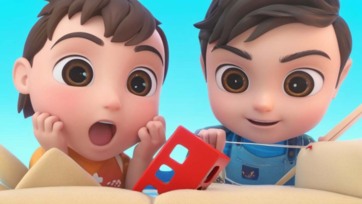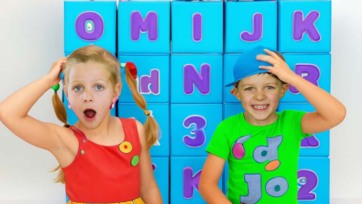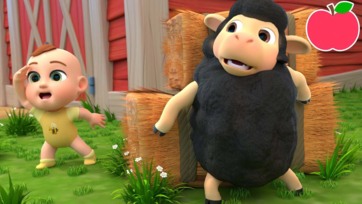Fun Math Puzzles for Kids: Sharpen Your Problem-Solving Skills
Math doesn’t have to be a boring subject filled with numbers and equations—it can be a fun and exciting way to challenge your brain and sharpen your problem-solving skills! One of the best ways to make math enjoyable is through puzzles. Math puzzles encourage critical thinking, creativity, and logic, making them a fantastic tool for learning. In this post, we’ll explore some fun math puzzles for kids that are sure to spark curiosity and make math engaging.
1. The Missing Number Puzzle
Puzzle:In the following sequence, one number is missing. Can you figure out what it is?
2, 4, 6, 8, ?, 12
Solution:This is a simple puzzle where the numbers are increasing by 2 each time. The missing number is 10 because the sequence adds 2 to each previous number.
Why it’s fun:This puzzle is an excellent introduction to recognizing patterns, a foundational skill in math that helps in understanding sequences and algebraic expressions.
2. The Magic Triangle Puzzle
Puzzle:Place the numbers 1, 2, 3, 4, 5, and 6 in the circles of a triangle so that the sum of the numbers on each side equals 12.
(Imagine a triangle with three sides, each having two circles connected.)
Solution:There are multiple solutions to this puzzle, but one possible arrangement is:
Top: 4
Left Corner: 1, 6
Right Corner: 5, 2
Bottom: 3
This arrangement makes each side of the triangle sum to 12.
Why it’s fun:This puzzle introduces kids to concepts of addition and strategy, while also boosting problem-solving and spatial reasoning skills.
3. The Coin Triangle Puzzle
Puzzle:You have 10 coins arranged in a triangle with 4 rows. Move only 3 coins to turn the triangle upside down.
Solution:One solution is to move three coins from the bottom row and rearrange them on the top to create an upside-down triangle.
Why it’s fun:This hands-on puzzle enhances spatial awareness and strategic thinking. Kids need to visualize the triangle and consider different ways to solve it.
4. The Farmer’s Chicken Puzzle
Puzzle:A farmer has a chicken, a fox, and a bag of grain. He needs to get all three across a river, but his boat can only carry him and one item at a time. If left alone together, the fox will eat the chicken, and the chicken will eat the grain. How can he get them all across the river safely?
Solution:
The farmer takes the chicken across first.
He returns and takes the fox across, but on the way back, he brings the chicken with him.
He takes the grain across and leaves it with the fox.
Finally, he returns one last time and takes the chicken across.
Why it’s fun:This puzzle is a great way to introduce kids to logic and sequencing. It encourages them to think ahead and plan each move carefully.
5. The Number Riddle Puzzle
Puzzle:What number am I? I am a two-digit number. My tens digit is 3 more than my ones digit. The sum of my digits is 11.
Solution:Let the tens digit be represented by xxx and the ones digit by yyy. According to the puzzle:
x=y+3x = y + 3x=y+3
x+y=11x + y = 11x+y=11
Substituting x=y+3x = y + 3x=y+3 into the second equation gives:
y+3+y=11y + 3 + y = 11y+3+y=11, or 2y+3=112y + 3 = 112y+3=11.
Solving for yyy, you get y=4y = 4y=4. This means the ones digit is 4, and the tens digit is 4+3=74 + 3 = 74+3=7.
So, the number is 74.
Why it’s fun:This puzzle helps kids practice algebraic thinking and problem-solving while working with number relationships.
6. The Age Puzzle
Puzzle:Sophie is 12 years old. In 10 years, she will be twice as old as her brother. How old is her brother now?
Solution:Let Sophie’s brother's current age be represented by xxx.
In 10 years, Sophie will be 12+10=2212 + 10 = 2212+10=22 years old, and her brother will be x+10x + 10x+10 years old. According to the puzzle:
22=2(x+10)22 = 2(x + 10)22=2(x+10).
Solving for xxx, we get:
22=2x+2022 = 2x + 2022=2x+20, so 2=2x2 = 2x2=2x, and x=1x = 1x=1.
Therefore, Sophie’s brother is 1 year old.
Why it’s fun:This puzzle teaches algebraic concepts while also helping kids work through word problems logically.
7. The Cross the Bridge Puzzle
Puzzle:Four people need to cross a bridge at night. They have one torch, and the bridge can only hold two people at a time. The four people take 1, 2, 5, and 10 minutes to cross, respectively. Whenever two people cross, they must move at the slower person’s pace. How can all four cross the bridge in 17 minutes?
Solution:
First, the two fastest people (1 and 2 minutes) cross, taking 2 minutes.
The fastest person (1 minute) returns, taking 1 minute.
The two slowest people (5 and 10 minutes) cross, taking 10 minutes.
The second fastest person (2 minutes) returns, taking 2 minutes.
Finally, the two fastest people (1 and 2 minutes) cross again, taking 2 minutes.
The total time is 2+1+10+2+2=172 + 1 + 10 + 2 + 2 = 172+1+10+2+2=17 minutes.
Why it’s fun:This puzzle involves strategy and logic, pushing kids to think about how to minimize time and maximize efficiency.
Conclusion
Math puzzles are a fantastic way for kids to sharpen their problem-solving skills while having fun. They challenge the mind, encourage logical thinking, and make learning math enjoyable. Whether it’s working with numbers, logic, or shapes, these puzzles help kids develop critical thinking skills that will benefit them in all areas of life. Encourage your kids to tackle these puzzles, and watch their math skills grow!

